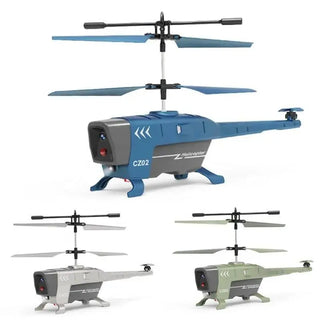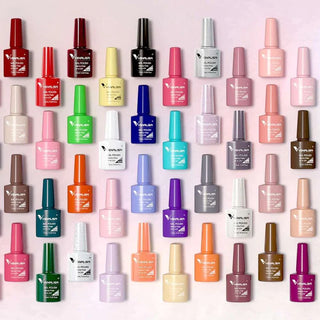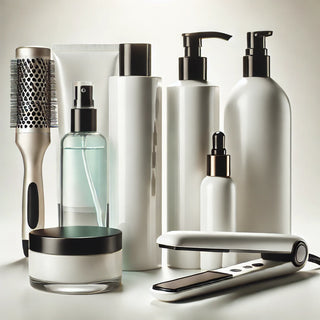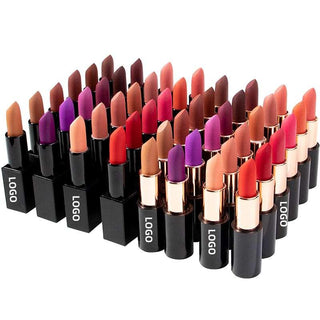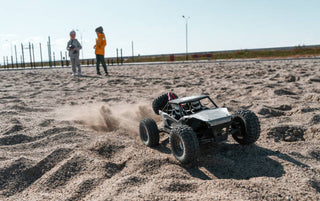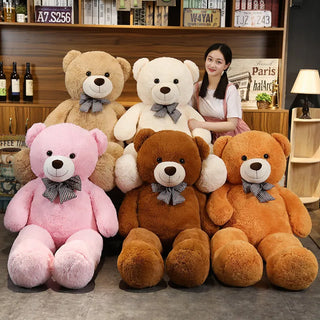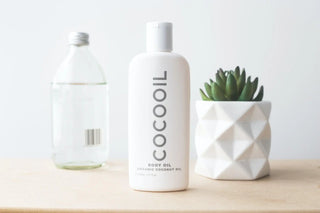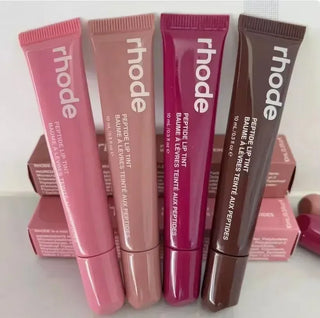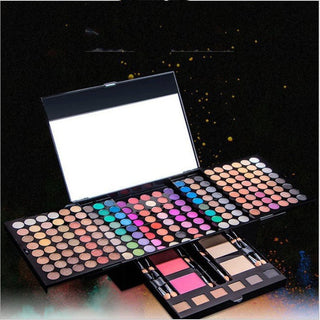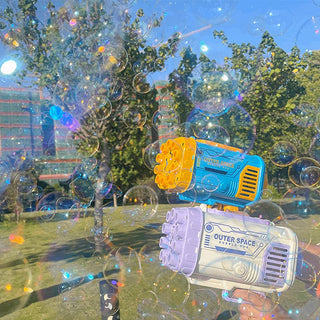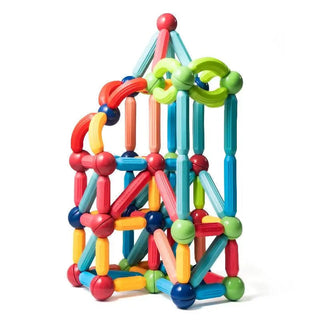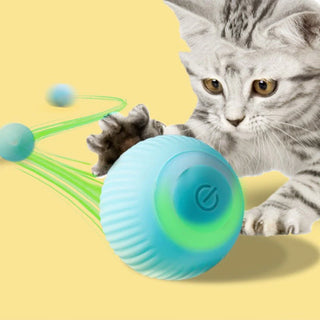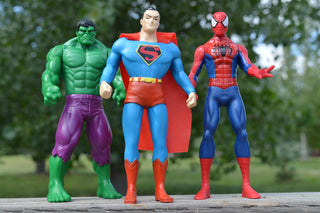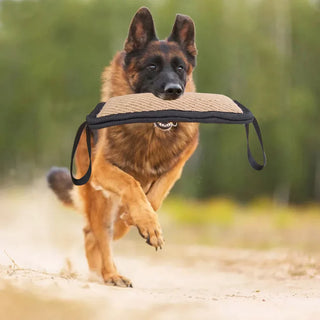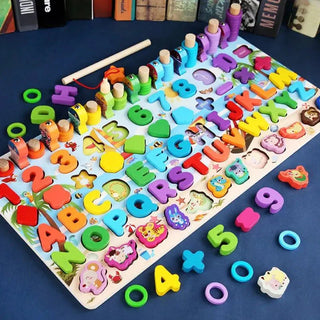So, you've noticed your dog has a thing for stuffed animals. Maybe it's that one raggedy old teddy bear they can't live without, or perhaps they go wild for any new plush toy you bring home. It’s pretty common, and honestly, kind of adorable. But why are dogs so drawn to these soft, squishy things? It turns out there are a few reasons, from their natural instincts to their need for comfort. Let's break down why dogs and stuffed animals make such a great pair.
Key Takeaways
- Dogs often prefer new toys over old ones because of a natural curiosity, but this doesn't mean you need to buy them constantly.
- A toy's texture, sound, and even smell can be more important to a dog than how it looks.
- Just like people can have comfort objects, dogs can form emotional attachments to worn-out toys that provide them with a sense of security.
- While a strong bond with toys is normal, watch for signs of excessive fixation, like aggression or ignoring food, which could signal a problem.
- To keep playtime healthy, rotate your dog's toys, introduce new play experiences, and address any underlying stress or anxiety they might be feeling.
The Allure Of A New Plaything
Ever notice how your dog’s eyes light up when you bring home a new toy? It’s like they’ve just discovered the most amazing thing in the world. This excitement isn't just random; there's a whole science behind why unfamiliar toys capture their attention so effectively.
The Novelty Factor In Canine Play
Dogs, much like us, have a natural curiosity. When a new toy enters their environment, it’s an unknown quantity, a fresh scent, a different texture. This inherent interest in the new is often referred to as neophilia. Studies have shown that when given a choice, dogs frequently opt for an unfamiliar toy over one they’ve seen before. It’s not that they dislike their old favorites, but the allure of something different is simply more compelling in the moment.
Why Unfamiliar Toys Capture Attention
What makes a new toy so captivating? It’s a combination of sensory input and instinct. A new toy might have a unique smell, perhaps from the manufacturing process or the store it came from, which is intriguing to a dog’s powerful nose. The texture might be different – maybe it crinkles, squeaks unexpectedly, or has a satisfying chewiness. These novel sensory experiences trigger a dog’s natural exploratory behaviors. The sheer unexpectedness of a new plaything is often the biggest draw.
The Role Of Boredom In Toy Preference
Boredom plays a significant role in a dog’s toy preferences. If a dog has been playing with the same few toys for a long time, they can become less engaging. A new toy breaks this monotony. It offers a fresh challenge and a new way to expend energy. Think of it like this:
- A familiar ball might be ignored.
- A new, squeaky plush toy might spark immediate interest.
- A puzzle toy filled with treats offers a novel problem to solve.
When dogs are under-stimulated, their drive to find something interesting to do increases, making new toys particularly appealing as a solution to their boredom.
Sometimes, the simplest explanation is the best one. Your dog isn't being difficult; they're just responding to the exciting prospect of something new and different. It's a natural part of their playful nature.
Sensory Delights For Your Dog
Beyond Visual Appeal: Texture and Touch
While we humans rely heavily on sight, our dogs experience the world through a much richer tapestry of senses. When it comes to toys, what a stuffed animal feels like can be way more important than what it looks like. Think about the satisfying squish of a plush toy, the rough grip of a rope, or the smooth, cool feel of a rubber ball. These textures engage your dog's tactile senses, providing a different kind of stimulation. Some dogs are drawn to soft, cuddly textures they can sink their teeth into, while others prefer something with a bit more resistance or a unique feel.
The Power Of Sound In Dog Toys
That squeaker inside your dog's favorite plush toy? It's not just annoying to you; it's a siren call for your canine companion. Sound plays a huge role in what captures a dog's attention. A sudden squeak or a crinkly material can mimic the sounds of prey, triggering a dog's natural hunting instincts. It's an auditory cue that signals 'playtime!' or 'something interesting is happening!' Some toys even have multiple sound elements, like a squeaker combined with a crinkle, offering a multi-sensory experience that can keep a dog engaged for longer.
Engaging A Dog's Sense Of Smell
Don't underestimate the power of scent! A dog's nose is incredibly sensitive, and smells can tell them a whole story. While a stuffed animal might not have an inherent strong smell, the scents it picks up from its environment can make it more appealing. Think about a toy that's been slobbered on by your dog, or one that's been outside and picked up the scent of grass and earth. Even the scent of other dogs on a toy found at the park can be fascinating to your pup. Puzzle toys that dispense treats or can be stuffed with yummy things are a direct way to engage this powerful sense, turning a simple toy into a rewarding treasure hunt.
Comfort And Security In Familiar Objects
You know how sometimes you have that one old t-shirt that's seen better days, but you just can't bring yourself to throw it away? Your dog might feel the same way about their favorite, well-loved stuffed animal. It's not always about the thrill of something new; sometimes, it's about the comfort and security a familiar object provides.
Attachment To Beloved, Worn Toys
That raggedy, squeaker-less plush toy that's been through the ringer? It's more than just a plaything. For your dog, it can become a sort of 'attachment object.' Think of it like a security blanket. These toys often carry familiar scents – yours, their own, maybe even a hint of that special treat you gave them while they were holding it. This scent profile is incredibly reassuring to a dog.
Toys As Sources Of Reassurance
While new toys are great for exploration and learning, older, familiar toys often serve a different purpose. They can be a source of calm when the world feels a bit overwhelming. If your dog is feeling a little anxious or unsure, grabbing their worn-out buddy can help them feel more grounded. It's a tangible piece of their safe space.
The Emotional Bond With A Favorite Toy
This bond isn't just about comfort; it's about emotional connection. Dogs can form genuine attachments to their favorite toys, much like we do with cherished items. These aren't just inanimate objects; they become part of the dog's emotional landscape, offering a sense of predictability and safety in their daily lives.
Sometimes, the most worn-out toys hold the most significance. Their tattered state is a testament to the comfort and security they've provided, making them invaluable companions for our canine friends.
Here's a look at what makes an old toy so special:
- Familiar Scents: The accumulation of the dog's own scent, mixed with your scent, creates a unique and comforting aroma.
- Predictable Texture: Even if it's falling apart, the dog knows exactly what it feels like and how it behaves.
- Association with Positive Experiences: The toy might be linked to happy memories, like playtime with you or receiving praise.
- Constant Availability: Unlike a new toy that might be put away, the favorite is often accessible, providing a steady source of comfort.
Understanding Excessive Toy Motivation
Sometimes, a dog's love for their toys can go a little too far. It starts out as fun, but then it can become something more intense, almost like an obsession. It's not always easy to tell when playtime has crossed the line from enjoyment to a problem. You might notice your dog getting really worked up about a specific toy, or maybe they start acting differently when that toy isn't around.
Signs Of Overly Intense Toy Fixation
It's helpful to know what to look for. A dog that's just having fun will usually be able to take a break from their toy. But if your dog starts showing some of these behaviors, it might be time to pay closer attention:
- Whining or becoming agitated when the toy is out of reach. This is a big one. If they can't have their toy, they get really upset.
- Ignoring food or treats in favor of the toy. Normally, a tasty snack is a big deal, but if they'd rather have their toy, that's a sign.
- Guarding the toy aggressively. They might growl or snap if you or another pet gets too close to their favorite item.
- Constant, repetitive actions with the toy. This could be chewing, shredding, or carrying it around non-stop, even when they seem tired.
- Physical signs of wear and tear. Things like sore gums or even cracked teeth can happen from too much intense chewing.
When Playtime Becomes A Problem
So, when does this intense focus on toys actually become a problem? It's when the toy starts to take over your dog's life, and not in a good way. Think about it: if your dog can't settle down without their favorite stuffed hedgehog, or if they get really anxious when it's time for a walk because they have to leave their toy behind, that's a red flag. It's not just about having a favorite toy anymore; it's about the toy being a requirement for them to function normally. This can look like:
- Inability to relax without the toy. They might pace or seem restless if it's not nearby.
- Anxiety or aggression when separated from the toy. This isn't just mild disappointment; it's a significant emotional reaction.
- Loss of interest in other activities. If they used to love playing fetch or going for walks but now only care about their toy, something has shifted.
It's important to remember that sometimes, this intense behavior isn't just about the toy itself. It can be a way for your dog to cope with stress, anxiety, or a lack of other things to do. What looks like a simple obsession might actually be your dog's way of managing their feelings.
Distinguishing Love From Obsession
It's natural for dogs to have favorite toys. They might carry them around, sleep with them, or bring them to you for a game. That's usually a sign of a healthy bond. The difference between love and obsession comes down to how it affects your dog's overall well-being and daily life. A dog that loves a toy might still enjoy walks, meals, and interacting with you. An obsessed dog, however, might have their world revolve around that one item, to the point where it interferes with their ability to be a happy, well-adjusted pet. If you're unsure, it's always a good idea to chat with your vet or a professional dog trainer.
Nurturing A Healthy Relationship With Toys
It's easy to get caught up in the fun of new toys, but sometimes our dogs can get a little too attached. If you notice your dog is overly focused on a particular stuffed animal, or if playtime seems to be causing more stress than joy, it might be time to adjust things. The goal is to keep toys as a source of fun and enrichment, not as a crutch for anxiety.
The Importance Of Toy Rotation
Think of toy rotation like giving your dog a fresh perspective. Instead of having the same few toys available all the time, you can cycle them in and out. This keeps things interesting and prevents any single toy from becoming the sole focus of your dog's attention. It's like having a favorite book you reread constantly versus discovering a whole new library.
Here's a simple way to rotate:
- Keep a stash of toys out of sight.
- Every few days, swap out the current toys for a few from the stash.
- Wash or clean the toys that have been put away before they go back into rotation.
This simple act can make old toys feel new again and prevent that intense fixation on one particular item.
Introducing New Play Opportunities
Sometimes, a dog's fixation on a toy can stem from boredom or a lack of other engaging activities. Introducing new ways to play can help redirect their energy and provide mental stimulation. This doesn't always mean buying more toys; it can be as simple as:
- Trying a new walking route to expose them to different sights and smells.
- Engaging in interactive games like fetch or tug-of-war with toys they don't usually play with.
- Using puzzle feeders or treat-dispensing toys that require them to work for their rewards.
These varied activities help fulfill their natural instincts and provide a broader sense of fulfillment.
Addressing Underlying Stress And Anxiety
It's important to remember that a dog's intense attachment to a toy might be a sign of something deeper. If your dog seems anxious, stressed, or is exhibiting compulsive behaviors around their toys, it could be their way of coping. They might be overstimulated, not getting enough mental exercise, or feeling insecure.
When a dog's relationship with a toy starts to interfere with their daily life, becoming a source of anxiety or aggression rather than fun, it's a signal that something needs attention. This isn't just about a favorite stuffed animal; it's about the dog's overall well-being and their ability to relax and engage with the world around them.
Preventing Problematic Toy Attachments

It's definitely easier to steer clear of big toy obsessions before they even start. Think of it like teaching a puppy not to chew the furniture – you start early, right? The same idea applies to toys. Giving your dog a good mix of things to do every day is super important. This means regular walks, fun activities, and some training sessions. It keeps their brain busy and their body tired in a good way.
Early Intervention For Toy Fixation
When you first bring a dog home, or even when they're young, it's a good time to set up some healthy habits. Don't let one toy become the absolute favorite, the 'chosen one' as some experts put it. You can do this by rotating toys. Put some away for a week or two, then bring them back out. This keeps them feeling fresh and interesting. It's like how we might re-read a favorite book after a while and find new things in it.
The Benefits Of Varied Enrichment
Dogs need more than just toys to be happy. Think about different kinds of play and activities:
- Puzzle Feeders: These make mealtime a mental workout. Your dog has to figure out how to get the food out, which is great for their brain.
- Training Sessions: Short, fun training sessions not only teach new commands but also build your bond and give your dog a sense of accomplishment.
- Nose Work Games: Hiding treats around the house or yard and letting your dog sniff them out taps into their natural instincts and is incredibly rewarding.
- Chew Toys: Offer safe chew toys that satisfy their urge to gnaw, but make sure they're appropriate for your dog's chewing style.
Sometimes, a dog's intense focus on a toy isn't just about the toy itself. It can be a sign that they're feeling stressed or anxious about something else. Maybe they're not getting enough exercise, or perhaps they're spending too much time alone. Addressing these underlying feelings is key to helping them relax and enjoy their toys in a healthier way.
Tailoring Play To Breed Instincts
Different breeds have different natural tendencies. A Border Collie, for example, might need more complex tasks and mental challenges than a Basset Hound. Retrievers love to fetch, so incorporating lots of throwing and retrieving games makes sense. Herding breeds might enjoy games that involve 'herding' toys or even participating in agility courses. Figuring out what your dog's breed was originally bred for can give you great ideas for activities that will really engage them and prevent boredom, which can sometimes lead to obsessive behaviors.
Keeping toys safe is super important for kids. We want to make sure they don't get too attached to toys in a way that causes problems. It's all about finding a healthy balance so playtime is fun and safe. For more tips on choosing the right toys and how to introduce them, check out our website!
More Than Just a Toy
So, it turns out that your dog's obsession with that worn-out stuffed animal isn't just random. Whether they're drawn to the novelty of a new squeaky friend or find comfort in an old, familiar buddy, their toy choices tell us a lot about their natural instincts and emotional needs. Understanding this can help us pick the right toys to keep them happy and engaged, and even help us spot when something might be a bit off. It’s all part of learning to speak their language and strengthening that special bond we share.
Frequently Asked Questions
Why do dogs seem to prefer new toys over their old ones?
Dogs are naturally curious about new things, a trait called neophilia. Studies show they often choose unfamiliar toys over familiar ones because the novelty is exciting. It's like finding a brand-new game to play!
Are stuffed animals just toys, or can they mean more to dogs?
For some dogs, favorite old stuffed animals can become like comfort objects, similar to a child's security blanket. These worn-out toys can offer a sense of safety and reassurance, especially if the dog has formed a strong emotional bond with them.
Can a dog become too obsessed with a toy?
Yes, it's possible. While most dogs love their toys, some can develop an excessive fixation. Signs include becoming aggressive or anxious when the toy is taken away, or ignoring food and other activities just to be with the toy. This can sometimes look like an addiction.
What should I do if my dog seems too attached to a toy?
Don't panic! Instead of taking the toy away completely, try rotating toys to keep things interesting. You can also introduce new activities and toys to provide different kinds of fun. Rewarding your dog for calm behavior away from the toy can also help.
How can I choose toys that my dog will enjoy?
Think about what dogs really care about: their senses! Toys that have interesting textures, make fun sounds (like squeakers), or can be stuffed with treats to engage their sense of smell are often big hits. What a toy looks like isn't as important as how it feels, sounds, or smells to your dog.
Is it okay to let my dog have old, worn-out toys?
It's generally fine if the toy is still safe. However, if a toy is falling apart and could be a choking hazard (like loose stuffing or squeakers), it's best to replace it. You can help your dog adjust to a new toy by making it smell familiar, perhaps by rubbing it with a cloth that has your scent on it.

